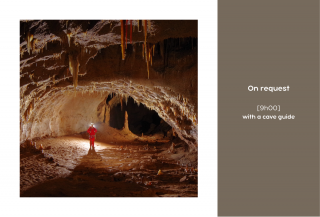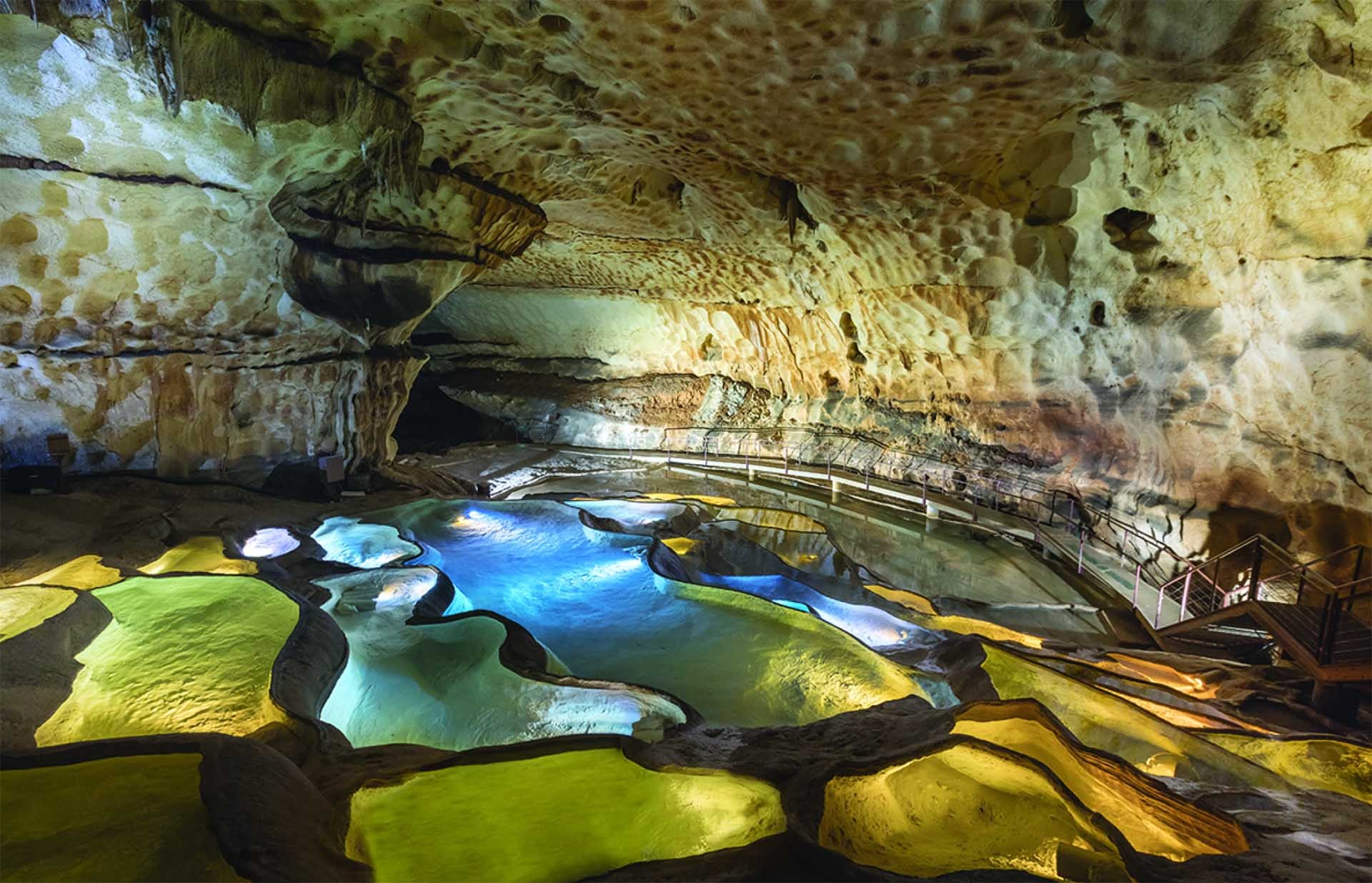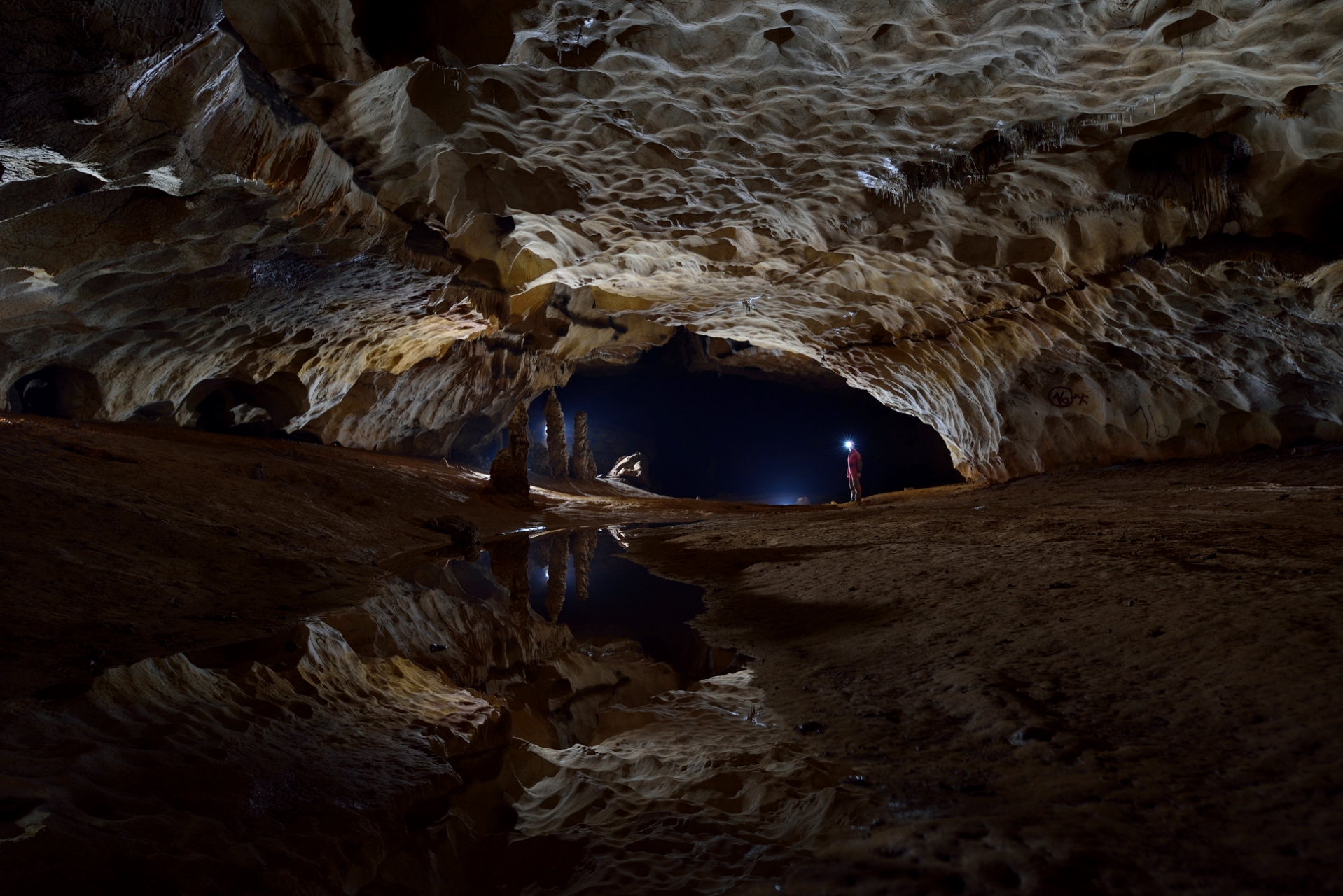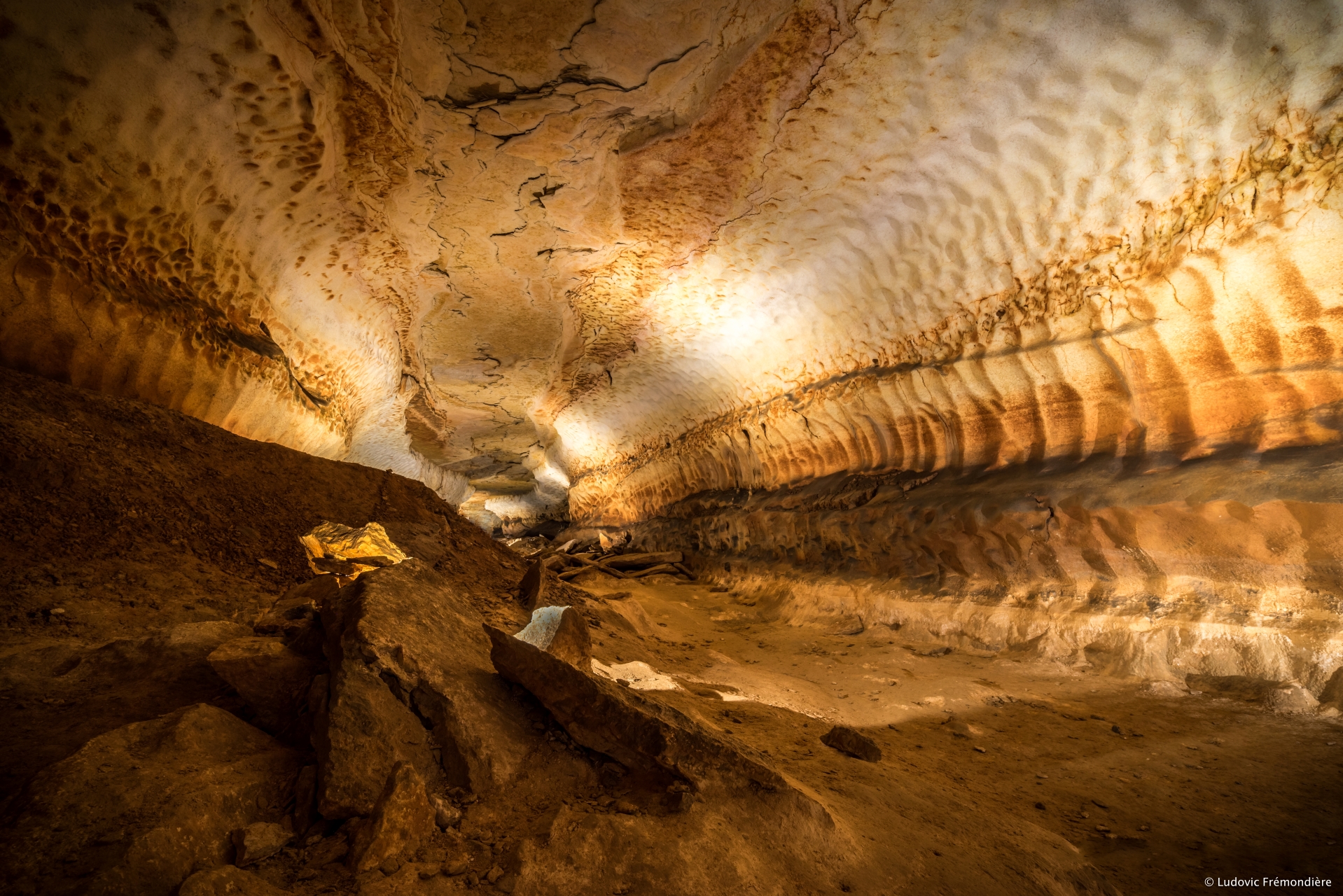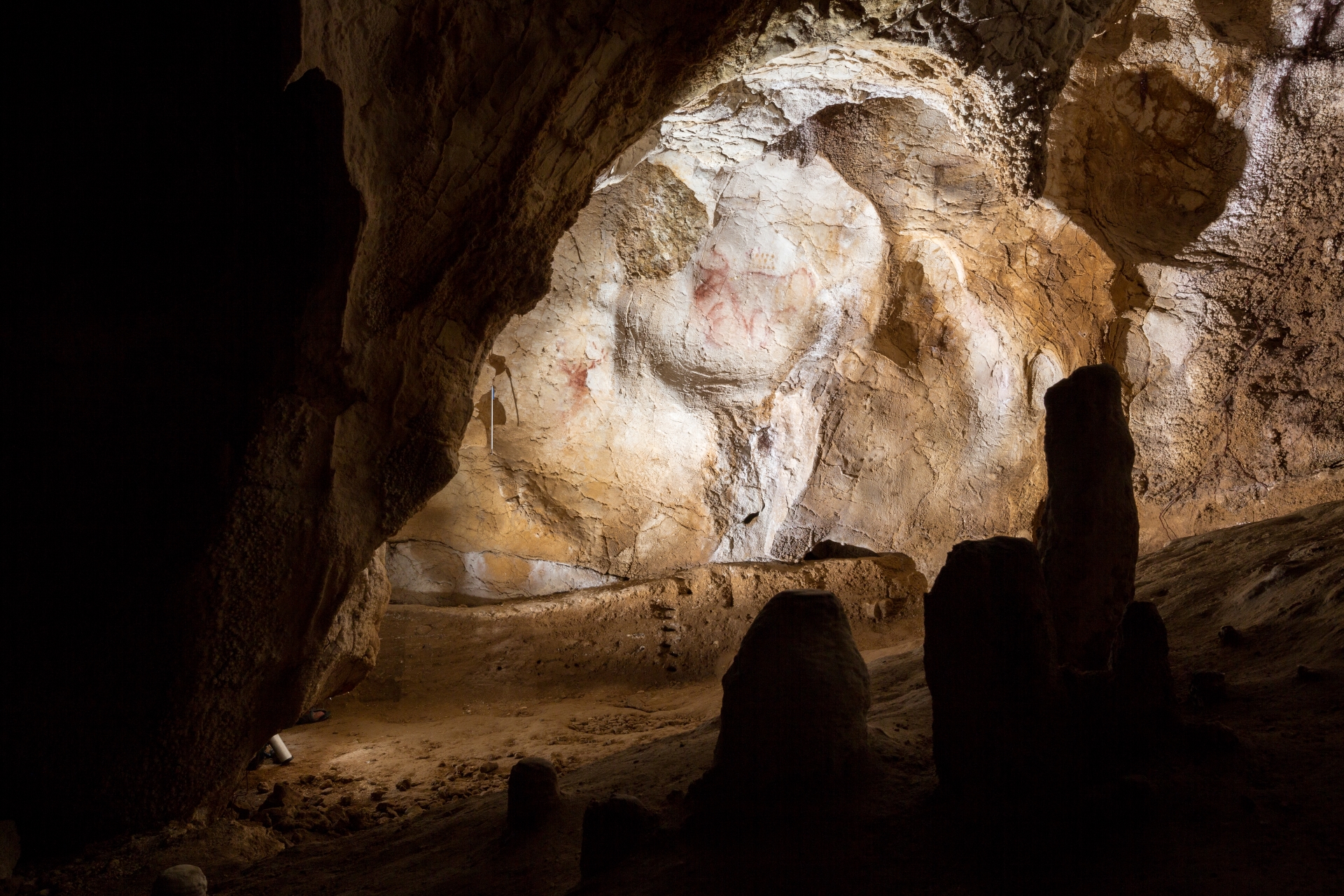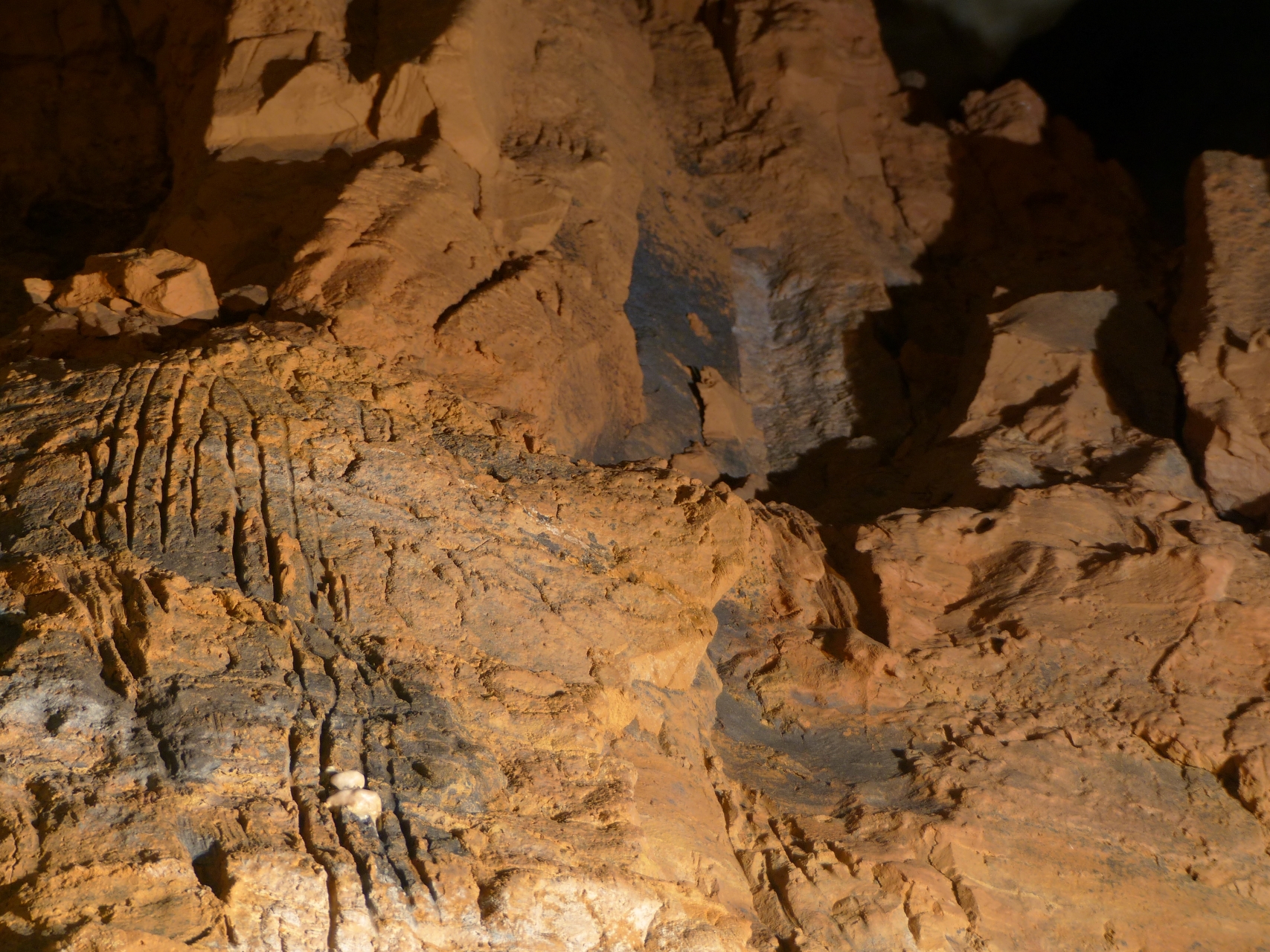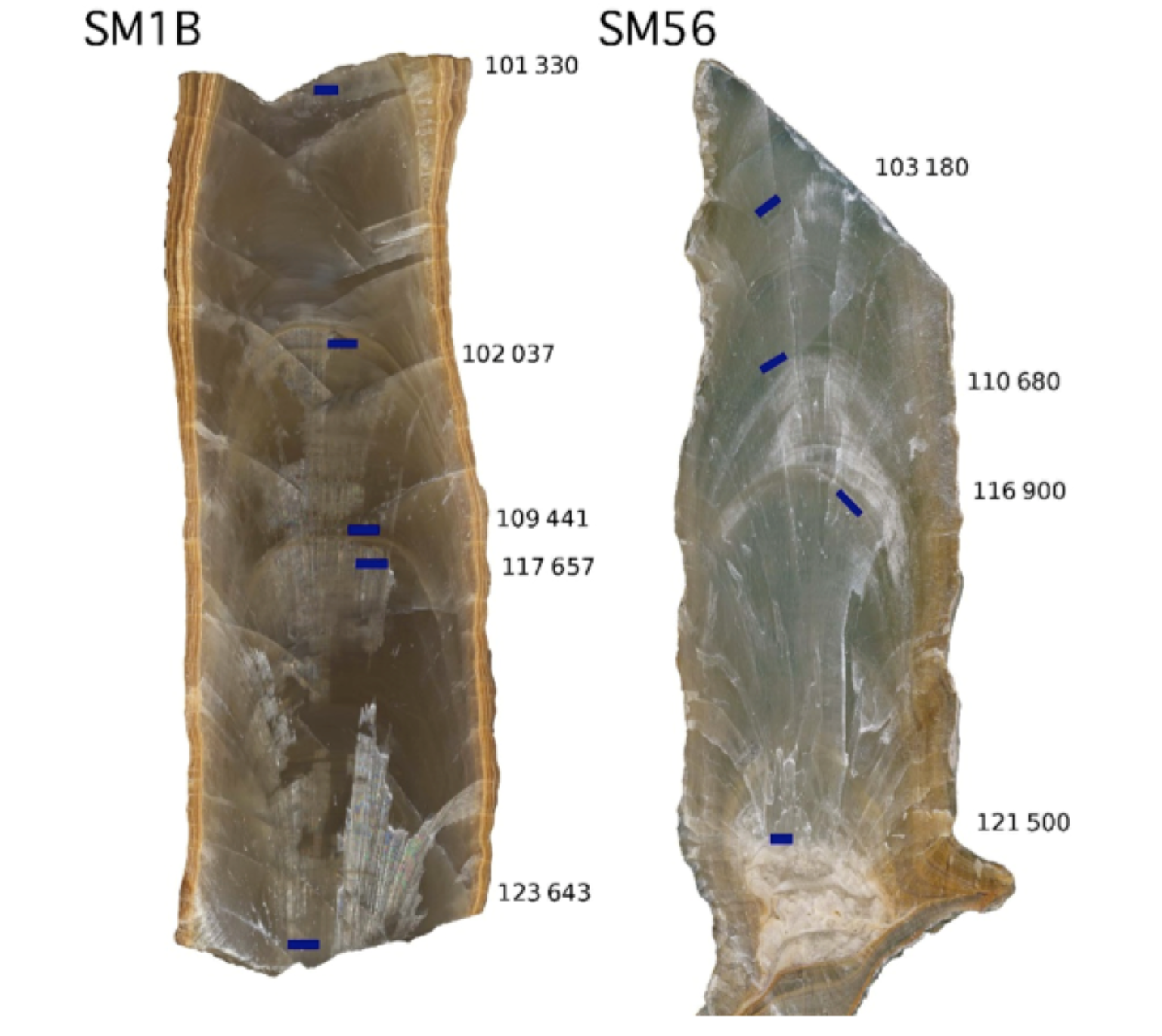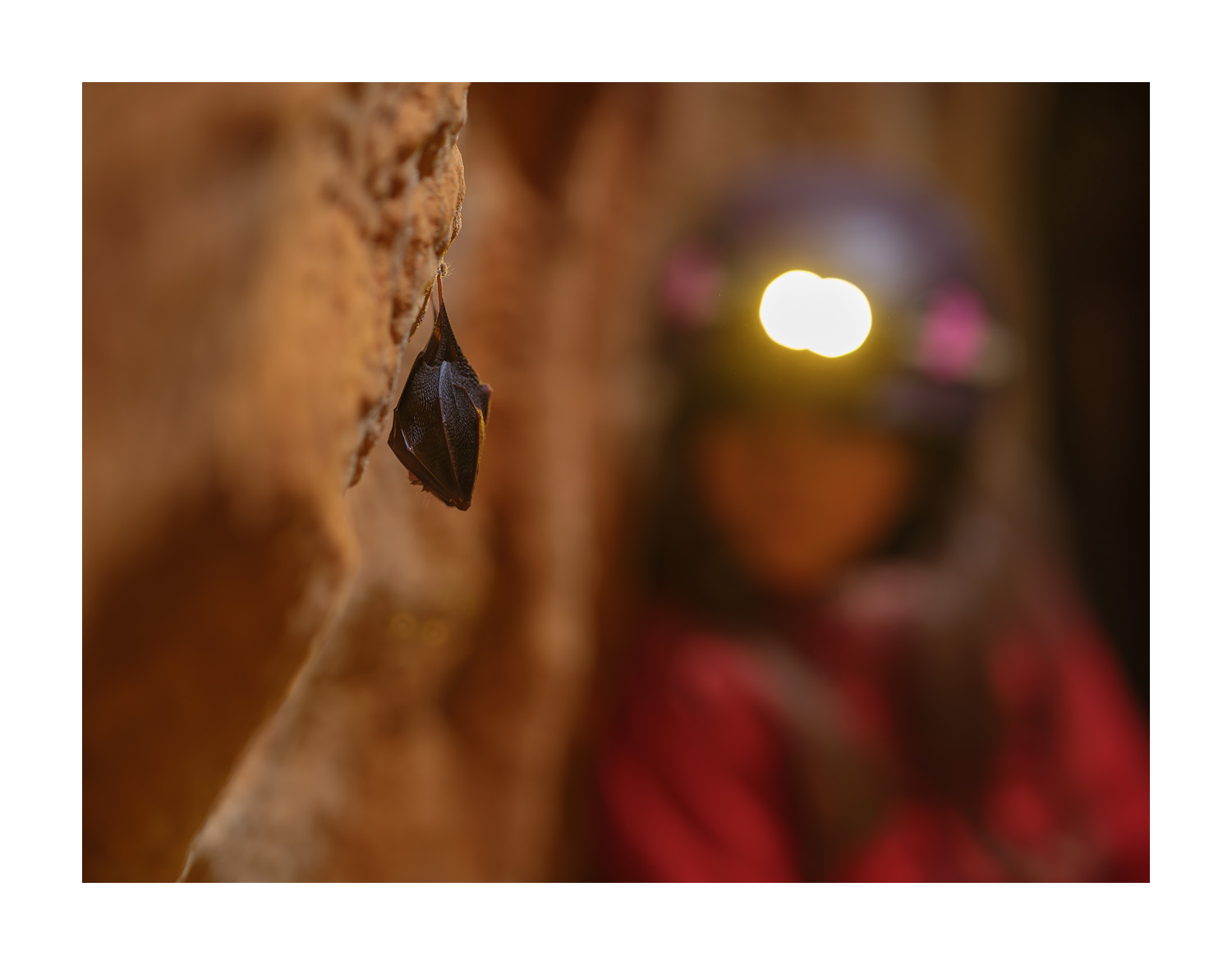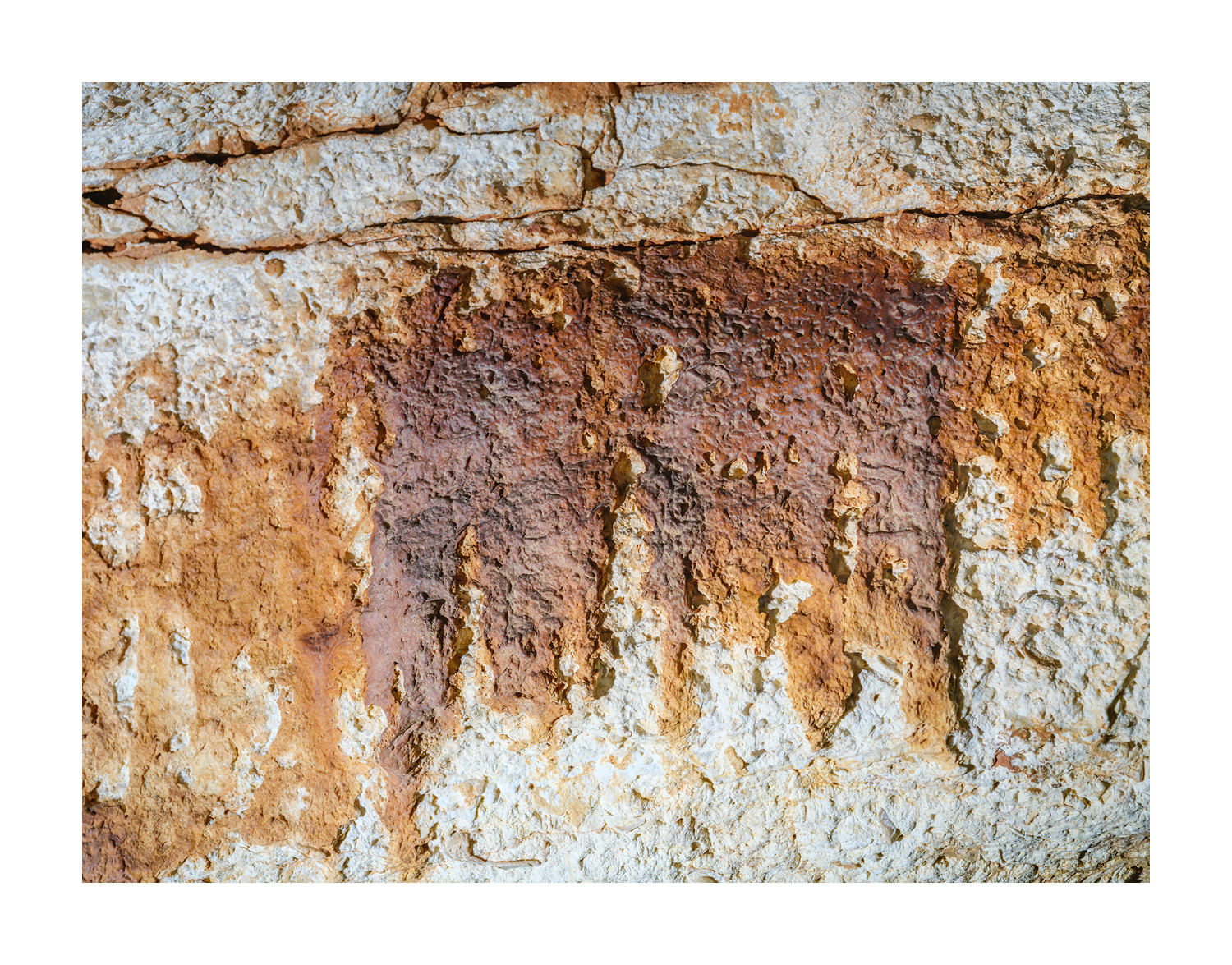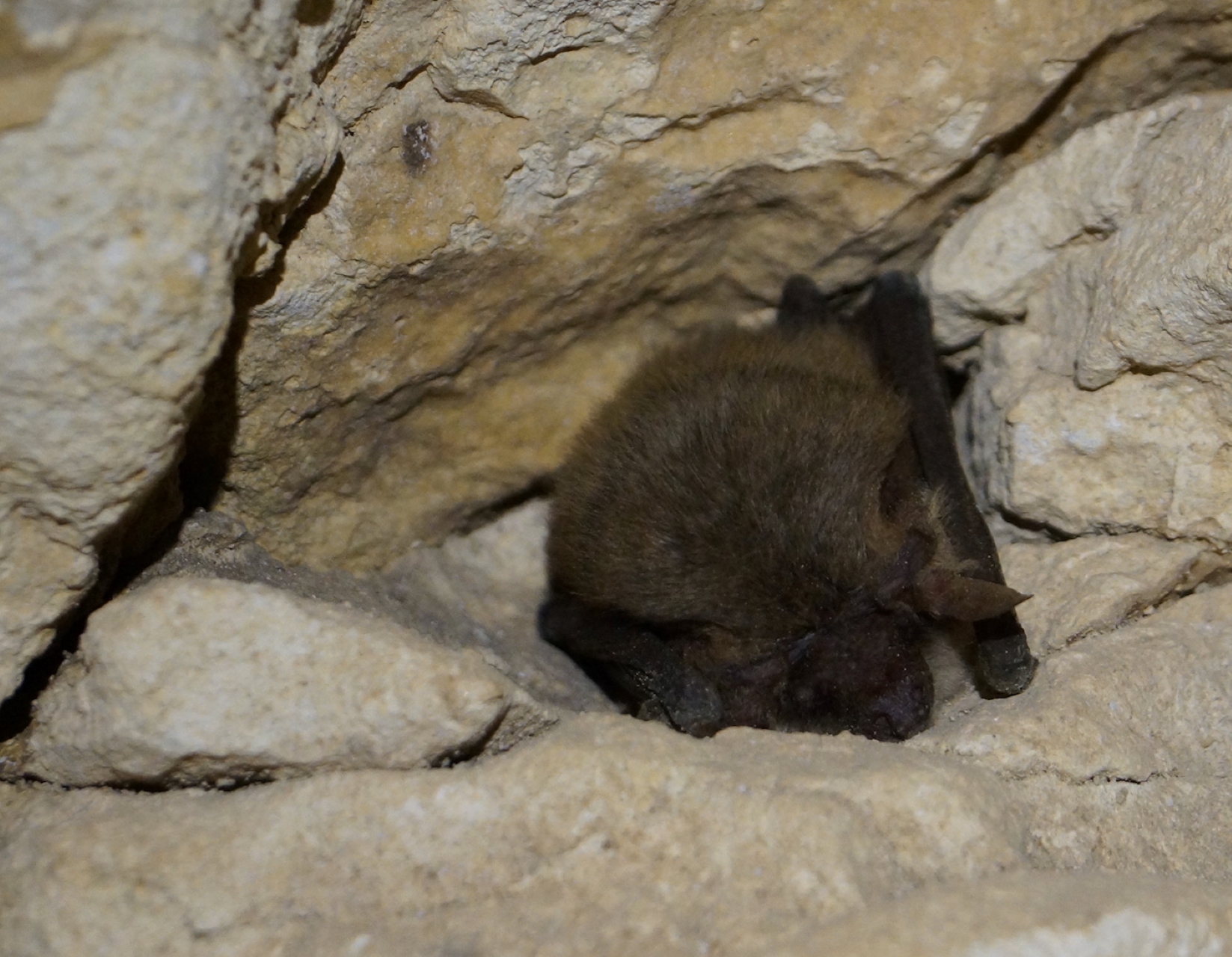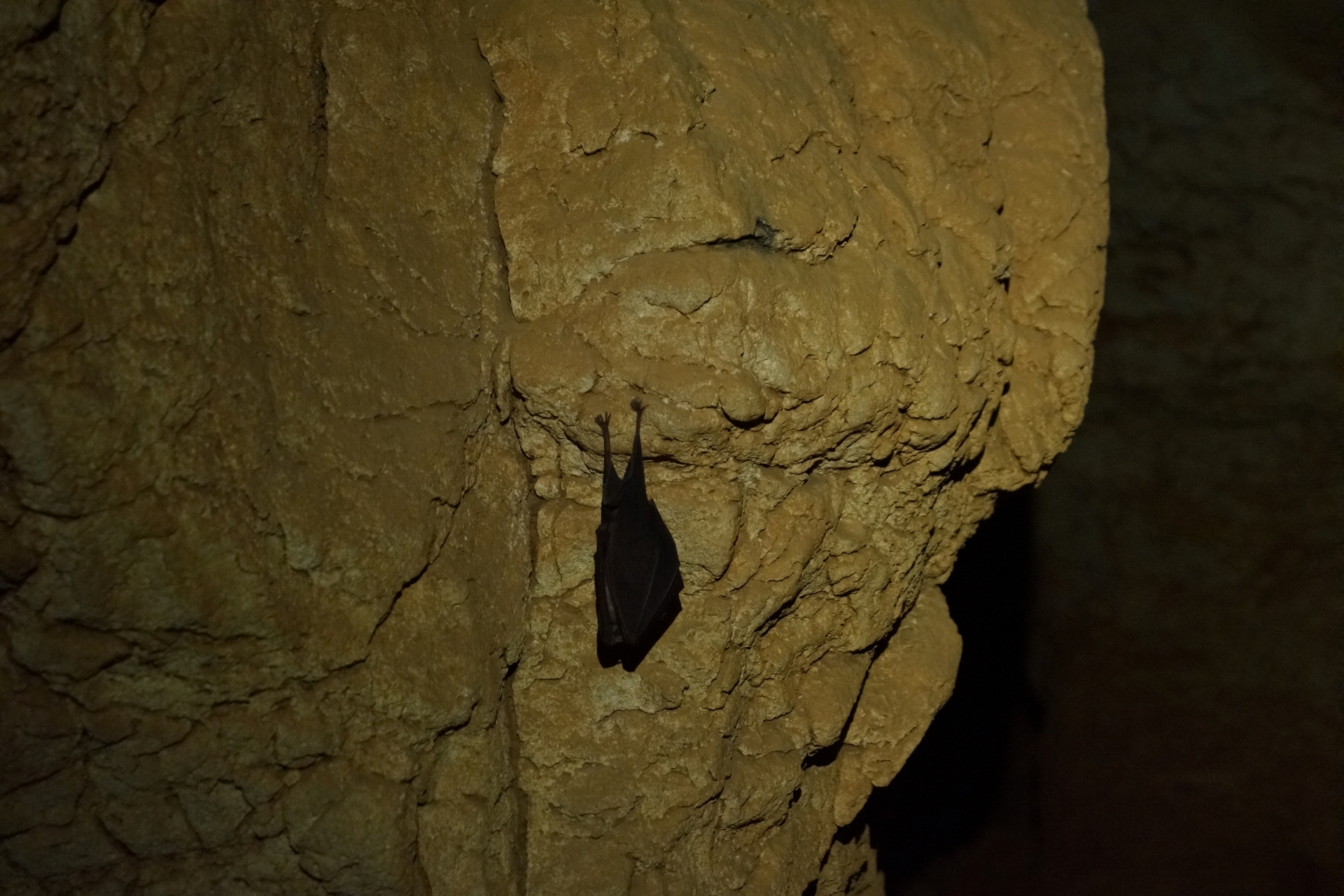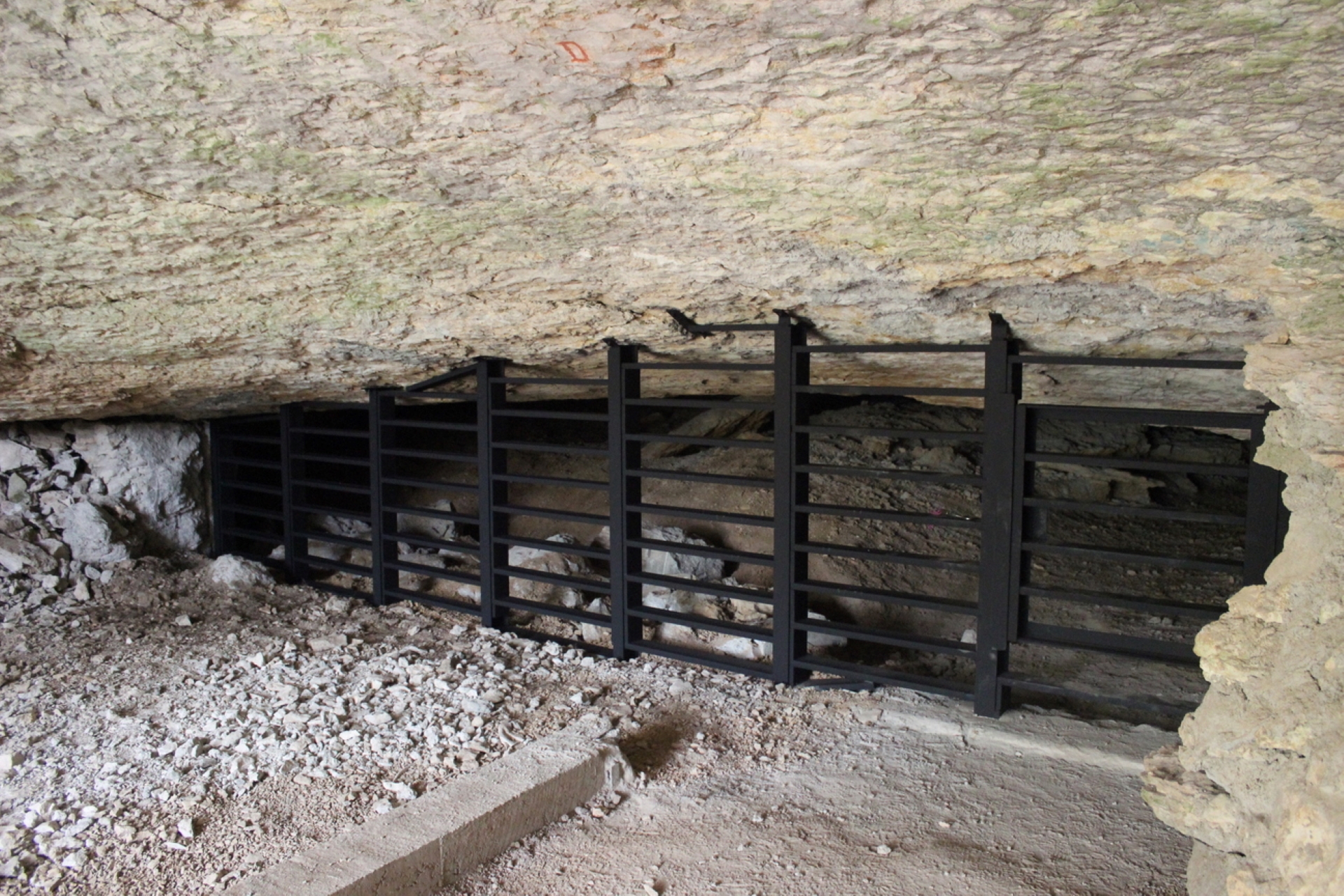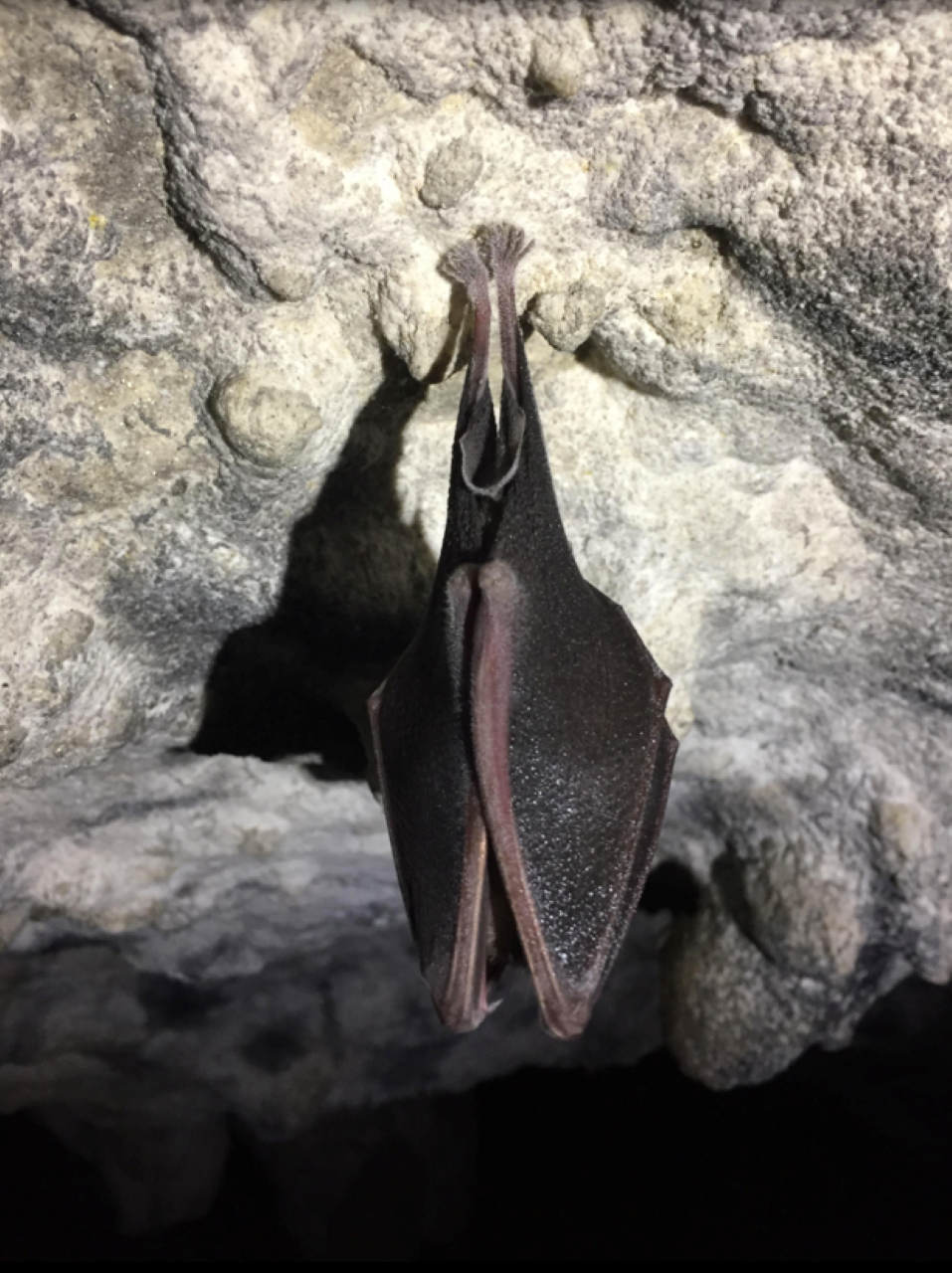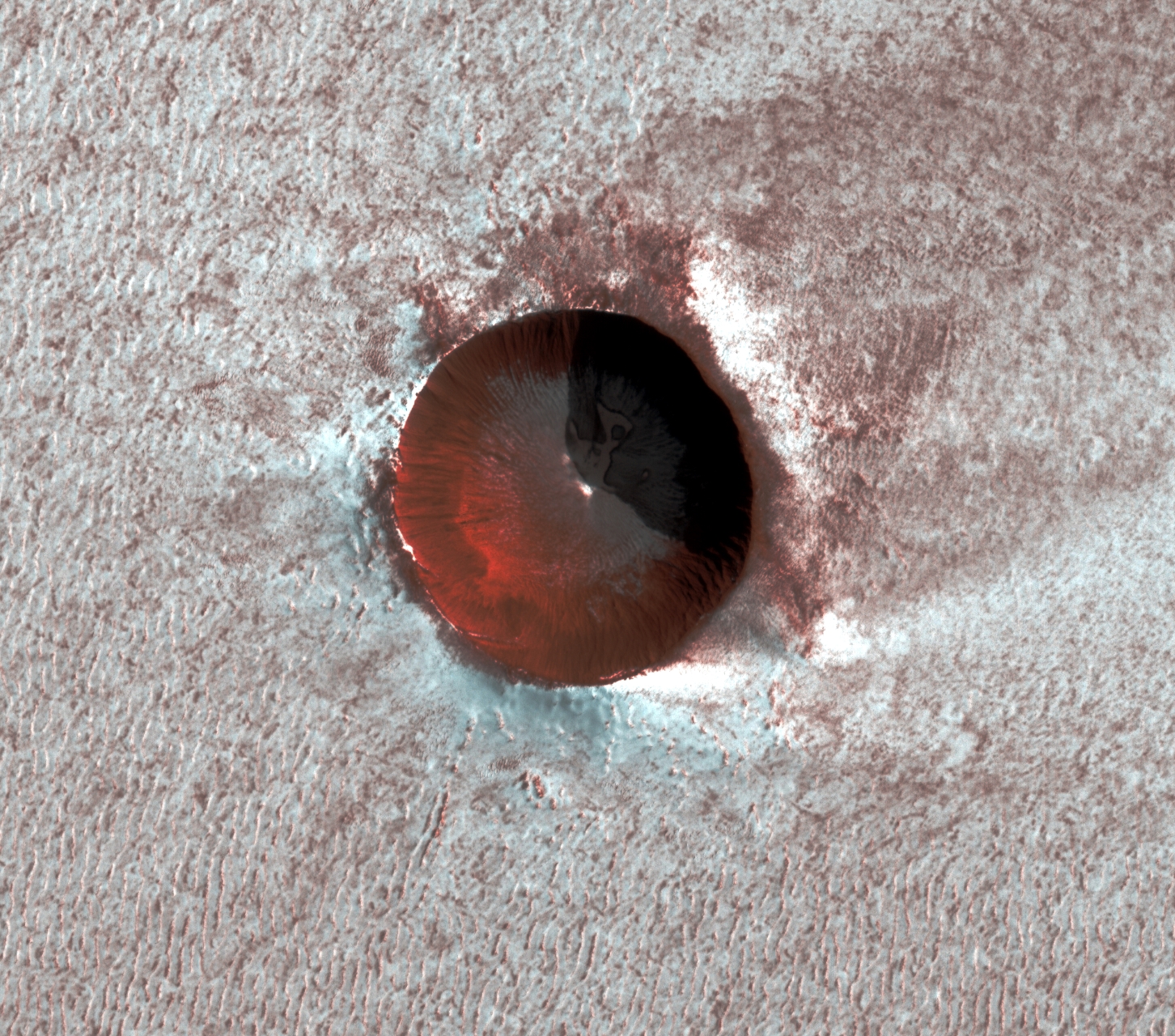Scientific research
Presentation
In addition to its striking scenic beauty, the rich underground world here at Grotte Saint Marcel allows a glimpse of a rare eco-system which has recorded the history of our planet and human memory.
Ever since its discovery, Grotte Saint Marcel has aroused the curiosity of countless academics and scientists : 159 publications on cave exploration, 24 articles on archeology, 12 on the underground eco-system as well as 4 doctoral theses. The cave attracts growing numbers of researchers and students in a variety of fields : geology, archeology, paleontology, biology, climatology, speleology and even planetology !
Geology
The thesis completed in 2007 by Ludovic Mocachain has become THE benchmark with regard to how the site was formed. This academic provided conclusive arguments showing the link between the formation of Saint Marcel’s network and the fluctuating levels of the Mediterranean during the « Messinian Salinity Crisis ».
Put simply, 5.9m years ago, the closing of the Strait of Gibraltar between Spain and Africa caused the level of the Mediterranean to fall by 2,000 meters as a result of high evaporation. This in turn led to the Rhône and Ardèche rivers carving out canyons several hundred metres deep in their effort to reach sea level. Saint Marcel’s 1st network was sculpted deep down at this time.
During a second phase, 5.3m years ago, the Strait of Gibraltar was rebreached leading eventually to the flooding of Saint Marcel’s network. The pressure of the water in the network coupled with the deposition of clay caused an upward sculpting of the upper levels of network 1.
Finally, between 2m and 1m years ago, huge amounts of water filtering underground from Bidon and Saint Remèze plateaux gradually flushed out some of the clay deposits blocking the network, leaving behind on the ground and rock faces reddish-brown clay sediment which can be seen throughout the network.
Not quite sure you’ve grasped everything ? Don’t worry, come and join us directly at the cave and we’ll explain everything and show you the different pointers which enabled Ludovic Mocachain to substantiate his thesis.
For the more inquisitive, take a deeper look into this excerpt from Ludovic Mocachain’s thesis
The thesis completed in 2007 by Ludovic Mocachain has become THE benchmark with regard to how the site was formed. This academic provided conclusive arguments showing the link between the formation of Saint Marcel’s network and the fluctuating levels of the Mediterranean during the « Messinian Salinity Crisis ».
Put simply, 5.9m years ago, the closing of the Strait of Gibraltar between Spain and Africa caused the level of the Mediterranean to fall by 2,000 meters as a result of high evaporation. This in turn led to the Rhône and Ardèche rivers carving out canyons several hundred metres deep in their effort to reach sea level. Saint Marcel’s 1st network was sculpted deep down at this time.
During a second phase, 5.3m years ago, the Strait of Gibraltar was rebreached leading eventually to the flooding of Saint Marcel’s network. The pressure of the water in the network coupled with the deposition of clay caused an upward sculpting of the upper levels of network 1.
Finally, between 2m and 1m years ago, huge amounts of water filtering underground from Bidon and Saint Remèze plateaux gradually flushed out some of the clay deposits blocking the network, leaving behind on the ground and rock faces reddish-brown clay sediment which can be seen throughout the network.
Not quite sure you’ve grasped everything ? Don’t worry, come and join us directly at the cave and we’ll explain everything and show you the different pointers which enabled Ludovic Mocachain to substantiate his thesis.
For the more inquisitive, take a deeper look into this excerpt from Ludovic Mocachain’s thesis
Archeology and Paleontology
Archeological research undertaken under the natural entrance porch in the 1970s and 80s brought to light a Neadertalian site of a dozen or so archeological strata dating back to between 90 000 and 40 000 BP. The 28-sq m, 6m-deep site yielded over 5,000 flint items and 1,000 bone remains. Study of these materials indicates the site was no doubt a halting place after the day’s hunt for Neadertal man. More recent archeological sites, dated between 4500 and 1000 BC attest to several occupations by Modern Man around 20 metres inside the cave entrance.
So what happened at Grotte Saint Marcel between 40 000 and 4500 BC ?
A rock painting was discovered in 1963 in what is now known as the Lion’s Head cave, a tiny neighbouring cave located at the end of the upper level of Saint Marcel network. The painting was done in red ochre and has been dated thanks to the charcoal remains found in the archeological stratum directly beneath the work. It is attributed to the Solutrean period, around 20 000 years ago. That would suggest that Modern man was a regular visitor to the network at that time. Research on the subject is ongoing, so watch out for the next episode !
Man was not the only being to use the Natural Entrance. Numerous fragments lying around are being studied and will confirm that Cave Bears also spent time here. Their beds hollowed out on the ground, clawmarks and fur on the rock walls, pawprints in the clay and bones have been discovered in the gallery leading on from the natural entrance, but also deep inside the network.
That raises many questions : How could the Cave Bear have gone so deeply into the network ? Might he have used another entrance ? Mysteries we have yet to explain.
Archeological research undertaken under the natural entrance porch in the 1970s and 80s brought to light a Neadertalian site of a dozen or so archeological strata dating back to between 90 000 and 40 000 BP. The 28-sq m, 6m-deep site yielded over 5,000 flint items and 1,000 bone remains. Study of these materials indicates the site was no doubt a halting place after the day’s hunt for Neadertal man. More recent archeological sites, dated between 4500 and 1000 BC attest to several occupations by Modern Man around 20 metres inside the cave entrance.
So what happened at Grotte Saint Marcel between 40 000 and 4500 BC ?
A rock painting was discovered in 1963 in what is now known as the Lion’s Head cave, a tiny neighbouring cave located at the end of the upper level of Saint Marcel network. The painting was done in red ochre and has been dated thanks to the charcoal remains found in the archeological stratum directly beneath the work. It is attributed to the Solutrean period, around 20 000 years ago. That would suggest that Modern man was a regular visitor to the network at that time. Research on the subject is ongoing, so watch out for the next episode !
Man was not the only being to use the Natural Entrance. Numerous fragments lying around are being studied and will confirm that Cave Bears also spent time here. Their beds hollowed out on the ground, clawmarks and fur on the rock walls, pawprints in the clay and bones have been discovered in the gallery leading on from the natural entrance, but also deep inside the network.
That raises many questions : How could the Cave Bear have gone so deeply into the network ? Might he have used another entrance ? Mysteries we have yet to explain.
Paleo-climatology
Underground networks have recorded an amazing amount of information which helps us to understand how our planet’s climate has evolved. The data obtained by dating and analysing stalagmite growth rings plus that acquired from ice cores enables us to piece together the climates of the past.
French and Australian scholars are currently collaborating in research on 44 stalagmite fragments collected from Grotte Saint Marcel. Their dating has revealed varying ages over an exceptionally long period of time, from 390 000 BP to 2000 BC. The analysis of the growth rings, correlated with these datings, provides a detailed record of climate evolution throughout that period.
Underground networks have recorded an amazing amount of information which helps us to understand how our planet’s climate has evolved. The data obtained by dating and analysing stalagmite growth rings plus that acquired from ice cores enables us to piece together the climates of the past.
French and Australian scholars are currently collaborating in research on 44 stalagmite fragments collected from Grotte Saint Marcel. Their dating has revealed varying ages over an exceptionally long period of time, from 390 000 BP to 2000 BC. The analysis of the growth rings, correlated with these datings, provides a detailed record of climate evolution throughout that period.
Animal life in Grotte Saint Marcel.
Up until the 1960s, Grotte Saint Marcel was home to large colonies of bats. The study and dating of traces of their excrement (guano) have enabled scientists to come to the assumption that 2000 years ago the cave was occupied in the winter season by around 160,000 bats. Today there are only around one hundred of them, but that number does include a few rare species such as Mediterranean, Greater and Lesser Horseshoe bats (Rhinolophus) and Long-Eared bats. The majority of them are to be found in the gallery near the natural entrance ; others, however, go much further into the network, some even as far as the lower part of the show cave. The Ardèche Gorges Nature Reserve has set up a project to reintroduce bats into Saint Marcel network. It led to the installation of a new gate system in 2017– one with horizontal bars - in front of the natural entrance. Annual monitoring and new studies are currently being carried out.
Up until the 1960s, Grotte Saint Marcel was home to large colonies of bats. The study and dating of traces of their excrement (guano) have enabled scientists to come to the assumption that 2000 years ago the cave was occupied in the winter season by around 160,000 bats. Today there are only around one hundred of them, but that number does include a few rare species such as Mediterranean, Greater and Lesser Horseshoe bats (Rhinolophus) and Long-Eared bats. The majority of them are to be found in the gallery near the natural entrance ; others, however, go much further into the network, some even as far as the lower part of the show cave. The Ardèche Gorges Nature Reserve has set up a project to reintroduce bats into Saint Marcel network. It led to the installation of a new gate system in 2017– one with horizontal bars - in front of the natural entrance. Annual monitoring and new studies are currently being carried out.
Planetology
Planetologists draw on what is known about the formation of Saint Marcel network to interpret landscapes observed on other planets in our solar system. Although the processes at work vary there, they obey the same physical laws. They can therefore produce similar forms on different scales.
For example, the rimstone pools (gours) at Saint Marcel have served as a model to understand the origin of certain fields of bedforms observed by space probes on the ice-cap covering the North Pole on Mars. They have succeeded in showing that the relatively parallel ripples surrounding a 100-meter wide meteor crater are the result of erosion of the ice by strong persistant winds. On the photo captured during the Martian Spring, frozen water coloured red by dust is still coated with a fine layer of carbonic hoar frost deposited during the winter.
Planetologists draw on what is known about the formation of Saint Marcel network to interpret landscapes observed on other planets in our solar system. Although the processes at work vary there, they obey the same physical laws. They can therefore produce similar forms on different scales.
For example, the rimstone pools (gours) at Saint Marcel have served as a model to understand the origin of certain fields of bedforms observed by space probes on the ice-cap covering the North Pole on Mars. They have succeeded in showing that the relatively parallel ripples surrounding a 100-meter wide meteor crater are the result of erosion of the ice by strong persistant winds. On the photo captured during the Martian Spring, frozen water coloured red by dust is still coated with a fine layer of carbonic hoar frost deposited during the winter.


